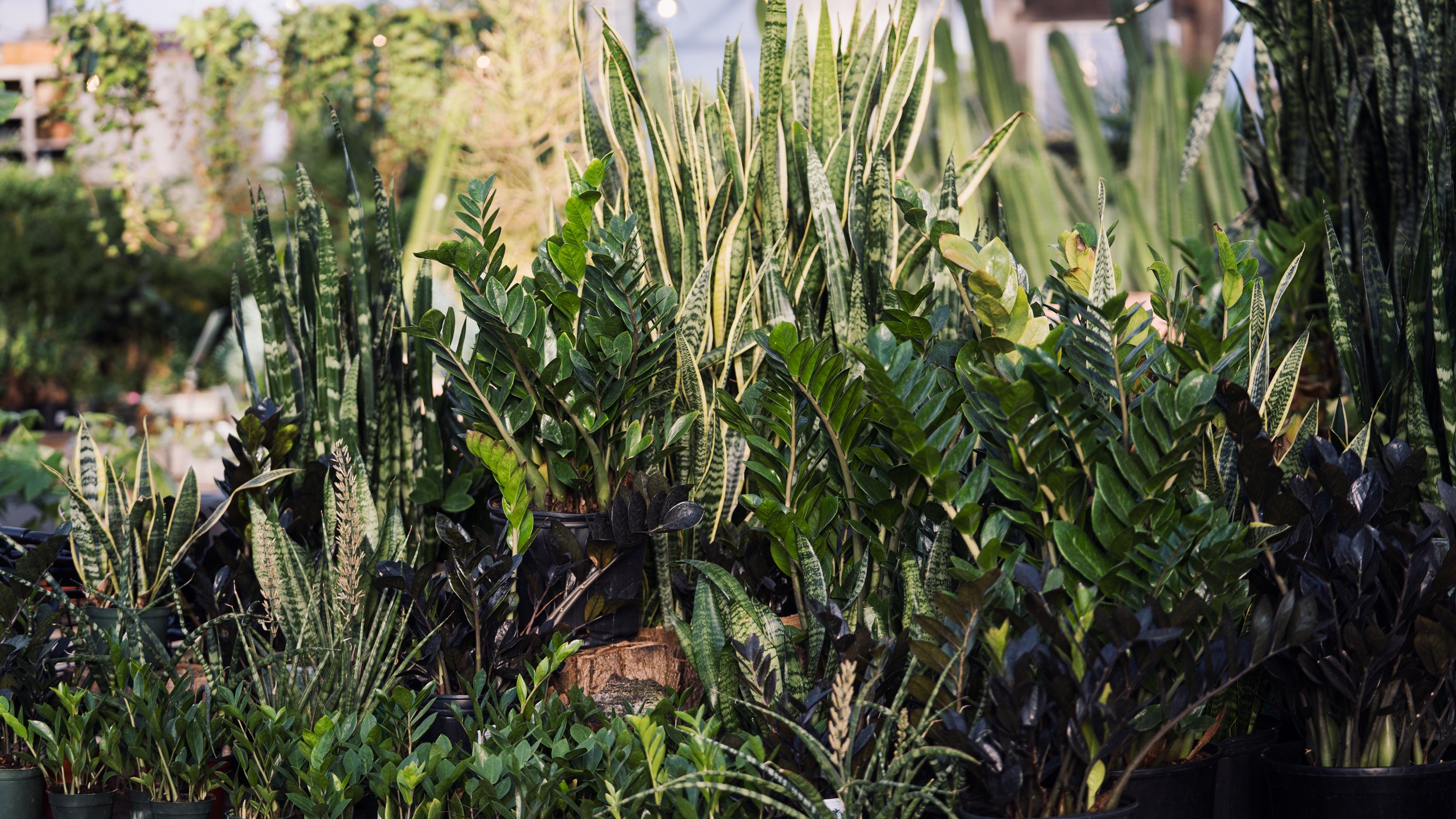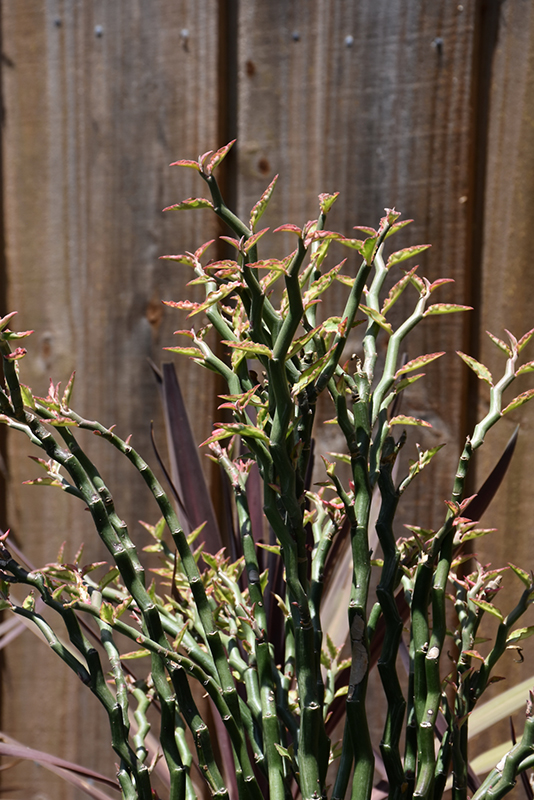
use our plant finder to help choose the perfect tree, shrub, perennial, annual, or houseplant to match your unique needs & style.
all the plants we love
Height: 24 inches
Spread: 12 inches
Sunlight:
![]()
![]()
Other Names: Devils Backbone, form. Pedilanthus tithymaloides
Description:
A native of southern Florida and the Caribbean, this clump forming, succulent shrub features pointy, pink spotted green leaves on interesting, zig-zag stems; does not bloom when grown indoors; an eye-catching indoor accent plant
Features & Attributes
Redbird Flower's attractive crinkled pointy leaves remain green in color with distinctive rose spots and tinges of yellow throughout the year on a plant with an upright spreading habit of growth. The dark green stems are very effective and add to the plant's interest.
This is a multi-stemmed evergreen houseplant with an upright spreading habit of growth. This plant usually looks its best without pruning, although it will tolerate pruning.
Planting & Growing
When grown indoors, Redbird Flower can be expected to grow to be about 24 inches tall at maturity, with a spread of 12 inches. It grows at a medium rate, and under ideal conditions can be expected to live for approximately 10 years. This houseplant will do well in a location that gets either direct or indirect sunlight, although it will usually require a more brightly-lit environment than what artificial indoor lighting alone can provide. It does best in average to evenly moist soil, but will not tolerate standing water. The surface of the soil shouldn't be allowed to dry out completely, and so you should expect to water this plant once and possibly even twice each week. Be aware that your particular watering schedule may vary depending on its location in the room, the pot size, plant size and other conditions; if in doubt, ask one of our experts in the store for advice. It will benefit from a regular feeding with a general-purpose fertilizer with every second or third watering. It is not particular as to soil type or pH; an average potting soil should work just fine. Be warned that parts of this plant are known to be toxic to humans and animals, so special care should be exercised if growing it around children and pets.
There are many factors that will affect the ultimate height, spread and overall performance of a plant when grown indoors; among them, the size of the pot it's growing in, the amount of light it receives, watering frequency, the pruning regimen and repotting schedule. Use the information described here as a guideline only; individual performance can and will vary. Please contact the store to speak with one of our experts if you are interested in further details concerning recommendations on pot size, watering, pruning, repotting, etc.
-- THIS IS A HOUSEPLANT AND IS NOT MEANT TO SURVIVE THE WINTER OUTDOORS IN OUR CLIMATE --
can’t find what you’re looking for? let us know
info@wilsonnurseriesky.com
frankfort: 502.223.1488
lexington: 859.269.5795

